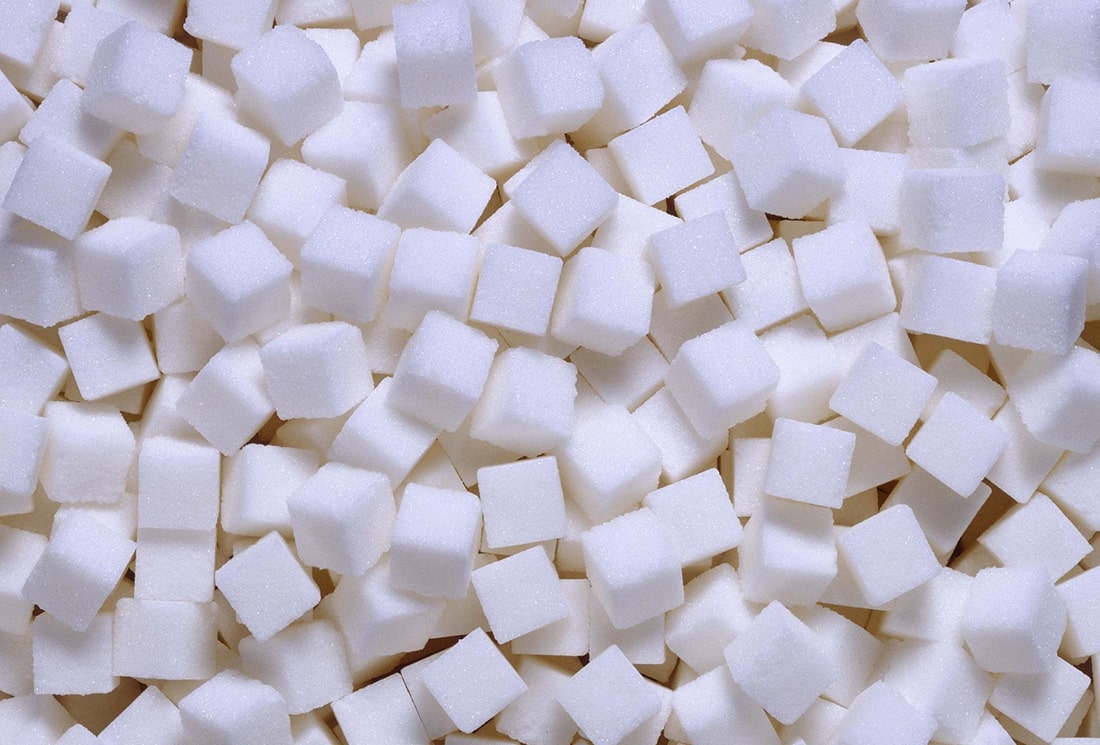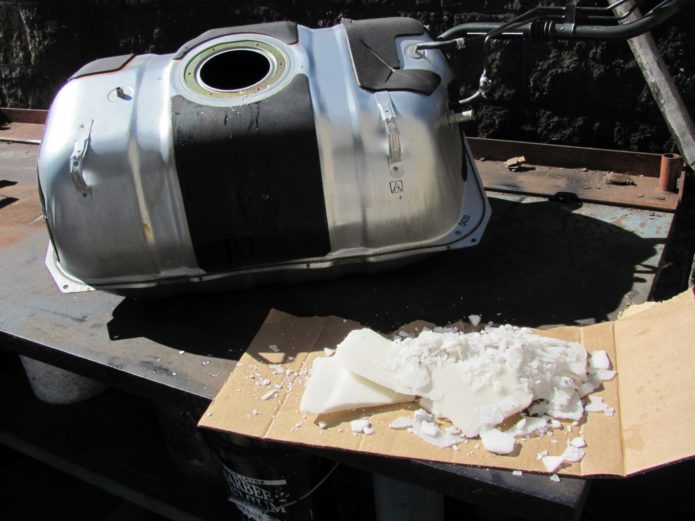
Innocent joke or real danger: what happens if sugar is poured into a gas tank
Content
According to many ordinary people, if sugar is poured into a car gas tank, it will react with fuel, which will have an extremely negative effect on engine operation. What will actually happen in this case?
The consequences of the presence of sugar in the engine

Car service workers, as well as experienced motorists, are well aware that lump sugar practically does not dissolve in gasoline and does not enter into any reaction with it. That is why the result of such interaction, familiar to many from the well-known comedy "Razinya" in 1965, is not objective and does not correspond to reality.
However, one must take into account the fact that granulated sugar is able to perfectly contact with water, which often accumulates in the lower part of an automobile gas tank and is sucked up by the fuel pump. In this case, the filtering system of the vehicle is powerless, so sugar syrup, which is very undesirable for engine operation, can form inside the tank, causing caramelization of the intake manifold, as well as the carburetor and fuel pump.
How to determine the presence of sugar

As a rule, it is not possible to independently verify the presence of sugar inside a car gas tank. Car owners should be concerned about low-quality gasoline with a large amount of water in the composition, so it is very important to use special dryers.
It is quite possible to determine on your own insufficiently good fuel with minimal time, effort and money:
- By mixing a small amount of gasoline with a few crystals of potassium permanganate. The presence of water in the composition is evidenced by the turning pink fuel.
- Soaking in gasoline a clean sheet of paper, which, after drying, should retain its original color.
- By setting fire to a few drops of gasoline on clean glass. High-quality burnt fuel does not leave iridescent stains on the glass surface.
If you suspect the presence of sugar in the gas tank and contact the service center of the motorist, an unpleasant surprise may await. In the process of diagnosing the fuel system, sugar particles are found in the gaps between the piston rings and the presence of grains of sand on the inside of the pump. The result of such problems is often a stalling engine and varying degrees of clogging of the fuel line. A very high risk of getting any extra components into the fuel always remains in the absence of a lock on the car gas tank cap.
A "joker" caught red-handed, pouring sugar into the tank of a vehicle, may well be held liable for petty hooliganism or damage to someone else's property.
The myth about the sugar in the fuel tank is nothing more than a hooligan trick glorified in the folklore of the yard, which has no scientific justification. Nevertheless, such actions may well provoke some unpleasant consequences, so the car owner should definitely provide reliable protection for the gas tank cap and refuel only at proven gas stations.

